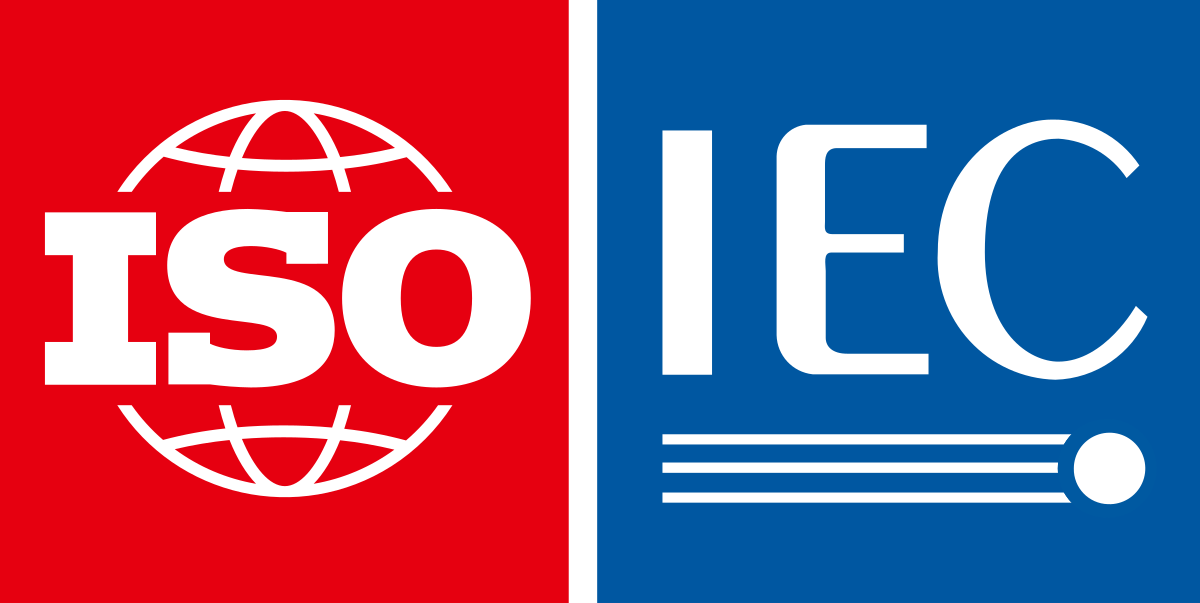What's the Difference Between Growth and Scale?
Understand the critical distinction between growing your business and scaling it, and learn when to focus on each strategy.
Growth vs. Scale: Understanding the Fundamental Difference
The terms "growth" and "scale" are often used interchangeably in business conversations, but they represent fundamentally different approaches to expanding a company. Understanding this distinction is crucial for making strategic decisions about your business's future.
In simple terms, growth means increasing your revenue by adding proportional resources, while scaling means increasing your revenue while adding resources at a lower rate. Let's explore this critical difference in more detail.
Key Differences Between Growth and Scale
Here's how growth and scale compare across important business dimensions:
| Factor | Growth | Scale |
|---|---|---|
| Definition | Increasing revenue by adding resources at a similar rate | Increasing revenue while adding resources at a lower rate |
| Resource Requirement | Linear relationship between resources and revenue | Exponential revenue growth relative to resource investment |
| Operational Focus | Adding more customers, products, or services | Improving systems, processes, and leverage |
| Cost Structure | Costs increase proportionally with revenue | Costs increase at a lower rate than revenue |
| Business Model Impact | Works within existing business model | Often requires business model refinement |
Illustrating the Difference with Examples
To better understand the distinction, let's look at some real-world examples:
Growth Example: Traditional Consulting Firm
A consulting firm grows by hiring more consultants. Each new consultant can handle a certain number of clients, generating predictable revenue. To double revenue, the firm needs to approximately double its consultant headcount, office space, and administrative support. This is classic growth—revenue increases in direct proportion to resources.
Scale Example: Software as a Service (SaaS) Company
A SaaS company builds a platform that requires significant upfront investment but can serve 10,000 customers almost as easily as it serves 1,000. The marginal cost of each new customer is minimal. As the customer base grows, revenue increases dramatically while costs increase only slightly for additional server capacity and support. This is scaling—revenue grows at a much faster rate than costs.
The Mathematical Perspective
Growth Equation:
ΔRevenue ≈ ΔResources
(Changes in revenue are proportional to changes in resources)
Scale Equation:
ΔRevenue >> ΔResources
(Changes in revenue significantly exceed changes in resources)
When to Focus on Growth vs. Scale
Both growth and scale have their place in a business's journey. The right focus depends on your current stage and circumstances:
Startup
Prioritize customer acquisition and revenue generation to establish market presence
Early Success
Continue growth while identifying and addressing scaling bottlenecks
Established Business
Pursue growth opportunities while actively implementing scaling initiatives
Market Leader
Focus on operational efficiency and leveraging existing assets
Key Strategies for Scaling Your Business
When you're ready to focus on scaling, these strategies can help you increase revenue without proportionally increasing costs:
Technology Automation
Implement systems that reduce manual work and increase efficiency
Examples:
Standardized Processes
Create repeatable, documented processes that don't rely on specific individuals
Examples:
Strategic Outsourcing
Delegate non-core functions to specialized partners
Examples:
Product/Service Productization
Transform custom offerings into standardized, repeatable products
Examples:
Common Scaling Pitfalls to Avoid
As you shift focus from growth to scale, watch out for these common mistakes:
Scaling Pitfalls
Premature Scaling
Attempting to scale before establishing product-market fit and stable operations
Neglecting Infrastructure
Failing to invest in the systems and processes needed to support scale
Scaling the Wrong Things
Focusing on scaling aspects of the business that don't drive value or competitive advantage
Underestimating Cash Requirements
Failing to account for the significant capital often needed to implement scaling initiatives
Measuring Growth vs. Scale
To track whether you're growing or scaling, monitor these key metrics:
Growth Metrics
- Revenue growth rate: Year-over-year or month-over-month revenue increases
- Customer acquisition rate: Number of new customers per period
- Market share: Percentage of total available market captured
- Team size growth: Increase in employee headcount
Scaling Metrics
- Revenue per employee: Total revenue divided by number of employees
- Operational efficiency ratio: Revenue divided by operational costs
- Customer lifetime value to acquisition cost ratio: LTV:CAC
- Gross margin: Percentage of revenue retained after direct costs
- Fixed vs. variable costs ratio: Proportion of costs that don't increase with volume
The Bottom Line: Growth Then Scale
For most businesses, the optimal path is to focus first on growth to establish market presence and validate your business model, then shift increasingly toward scaling as you reach certain milestones. This "growth then scale" approach allows you to build a solid foundation before optimizing for efficiency and leverage.
Remember that growth and scale aren't mutually exclusive—most successful businesses pursue both simultaneously, with the balance shifting over time. The key is understanding which approach should be dominant at your current stage and aligning your strategies accordingly.
By recognizing the fundamental differences between growth and scale, you can make more strategic decisions about resource allocation, business model evolution, and long-term planning—ultimately building a business that not only grows larger but also becomes increasingly efficient and profitable as it expands.



